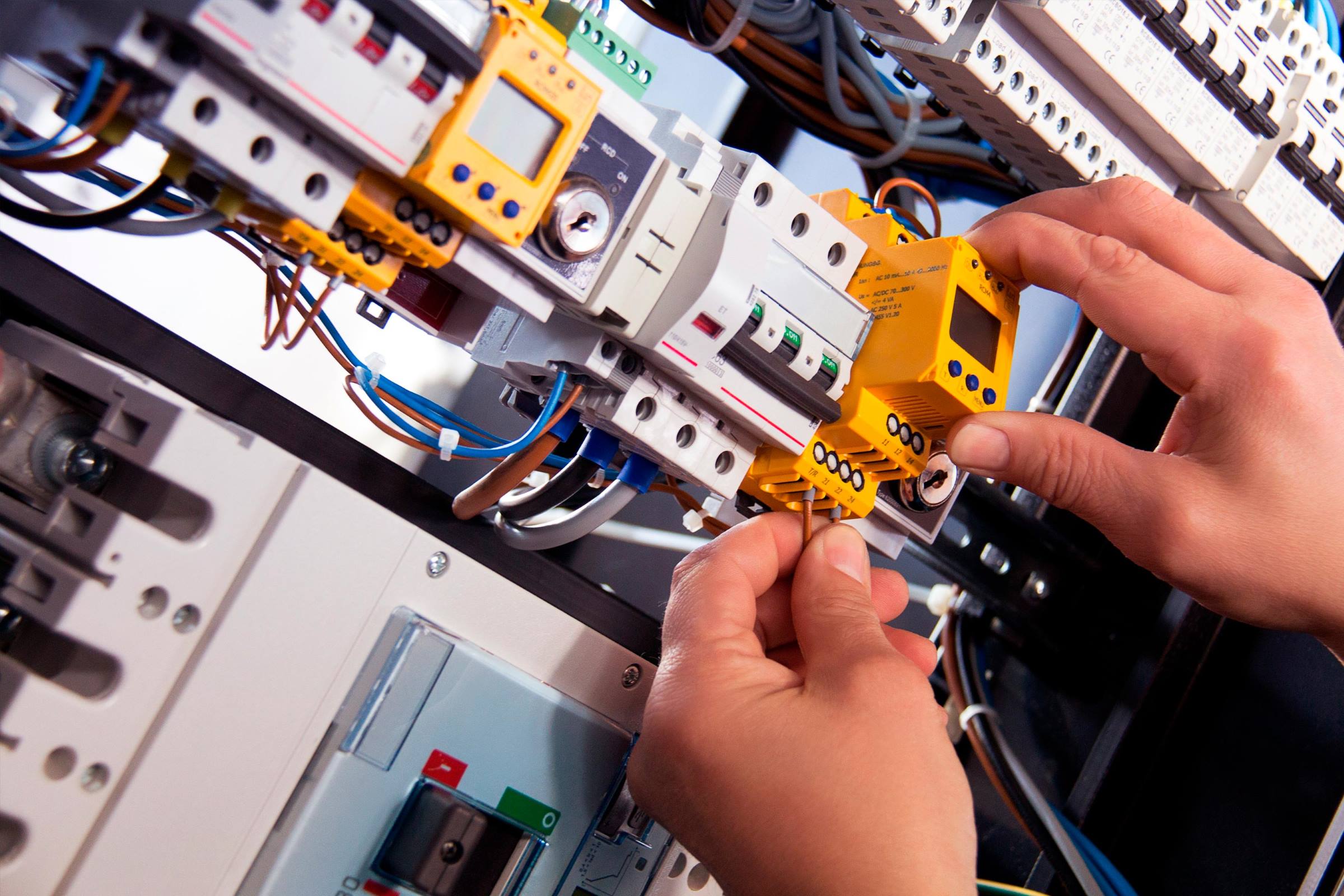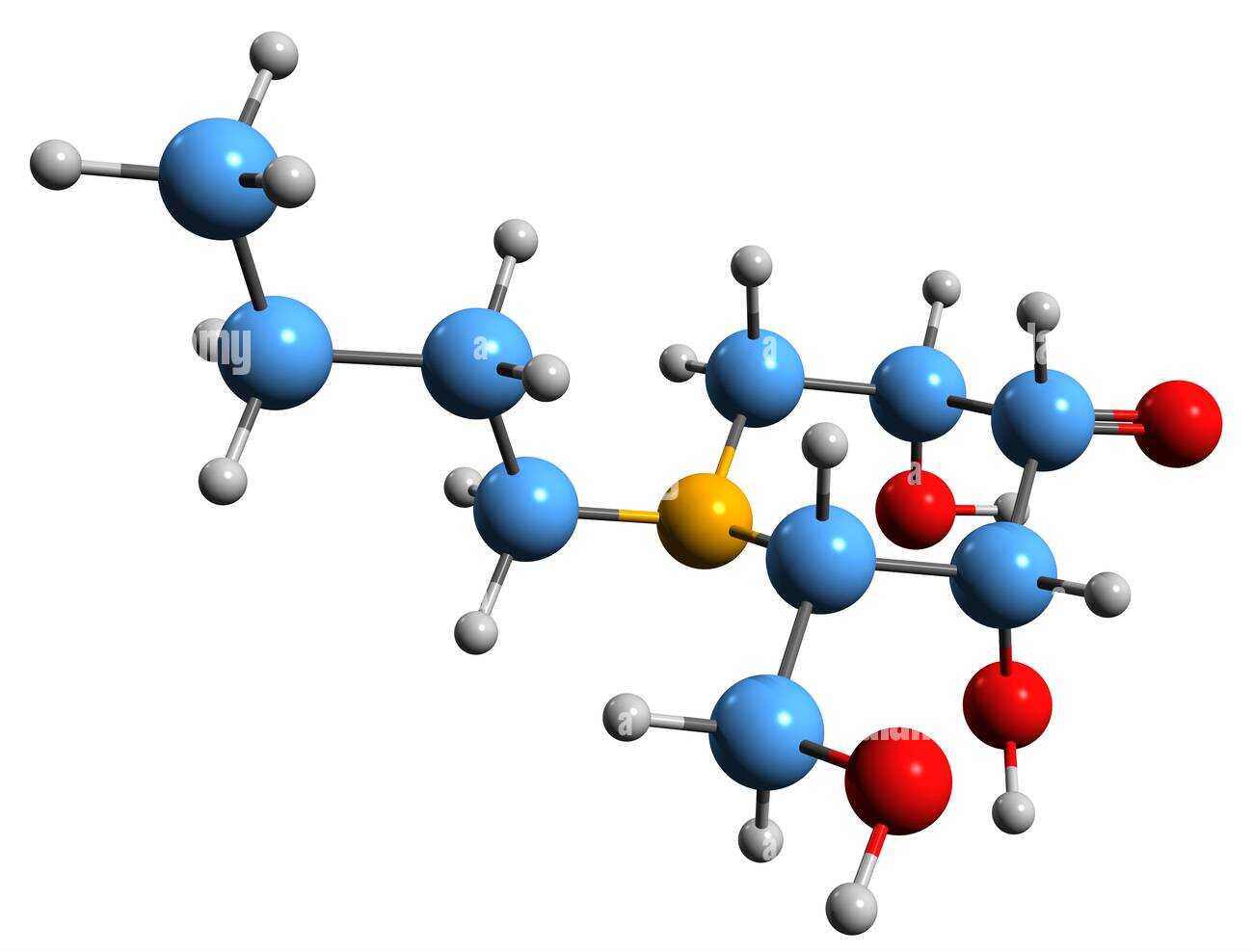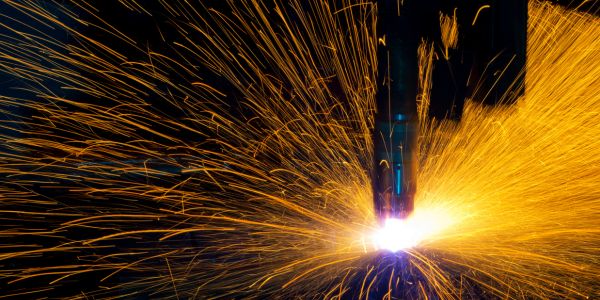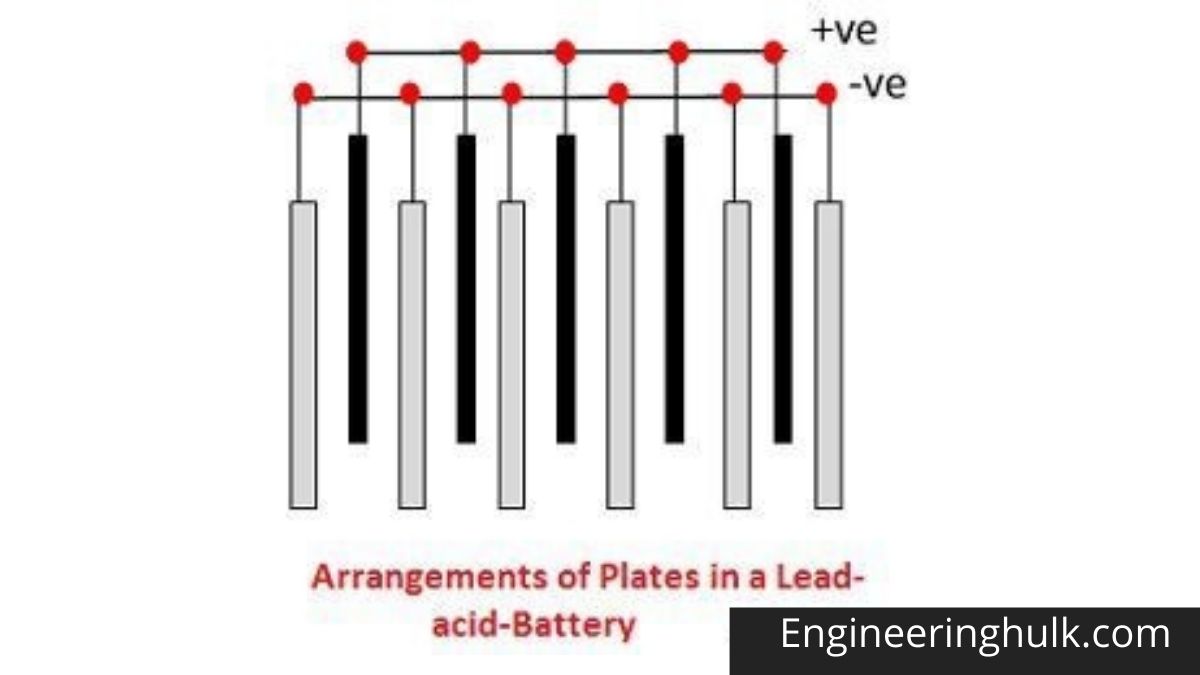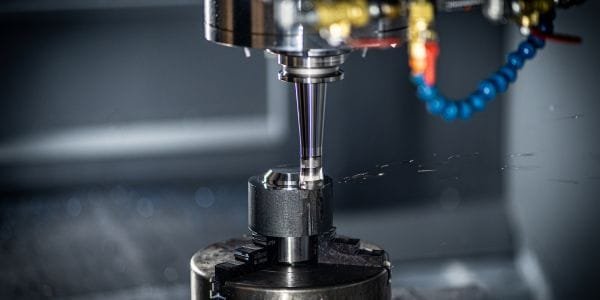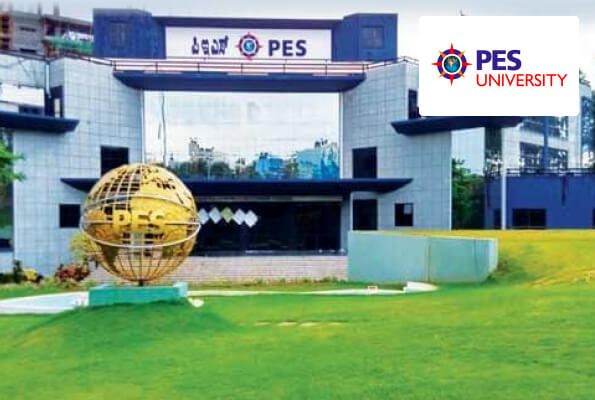Table of Contents
A paradigm shift is unfolding in the automotive supply chain as auto parts manufacturers transition from manual process control to intelligent, AI-augmented operations. Bringing data-driven intelligence to machines is now preferred over traditional operator experience, setups, and reactive methods.
It is not only about using advanced technology but about a major change in understanding machining: from physical, manual interpretation to automated coding. Tier 1 auto parts manufacturers today are adding sensor arrays, real-time diagnostics, and machine learning to their CNC equipment to boost both quality and uptime.
In terms of metal machining, designers are refining the algorithms for grinding, turning, and milling to lower tool wear, predict and stop upcoming faults, and boost the spindle’s usage. More than a technology update, this evolution brings about a change in a computer’s very nature, from being standalone to being connected to other machines.
Challenges in AI Integration: Data Readiness and Legacy Equipment
For AI to succeed in metal machining, the data must be high quality, correctly labeled, and always consistent. Nevertheless, numerous auto parts manufacturers still use machinery that is not digitally connected, follows no standardized rules, or does not include sensor systems.
Because these machines cannot usually share tool wear progression, vibration data, or information on their energy use, predictive models can’t benefit from a full range of data for training. Even collected data may not be reliable because of inconsistent sampling, incorrectly set sensors, or lost timestamps. As a result, AI struggles to make quick and accurate decisions.
Managers are updating old CNC machines with sensors that can communicate over the internet to tackle this digital divide. Although this makes data more accessible, it creates a delay and can lead to data being incorrectly converted because of problems with signals and protocols. It is often found that project teams do not foresee how much time, effort, and money it takes to reach accurate data, causing deployment to be delayed and expenses to rise.
Differing machine tool setups on the production floor are a major challenge when working with AI. Many types of CNC machines with different controllers, tool shapes, and protocols are used by auto parts manufacturers. Connecting AI to industrial systems smoothly is possible when middleware solutions interact with OPC-UA, MTConnect, or custom APIs and still guarantee fast responses. To ensure efficient adaptive toolpath correction and safe movement, middlewares need to respond to events in less than a millisecond.
Edge computing introduces more challenges when integrating AI since some systems must coordinate their operations on multiple machines in real-time. It is still difficult to ensure that AI works smoothly, quickly, and accurately across this fragmented industry.
AI-Driven Metal Machining Optimization: Tool Wear Prediction and Path Generation
How much metal machining operations cost and how high their quality often depends on tool wear. If parts are subject to extreme wear, the outside finish can dull, part tolerances can be out of spec, and the cycle times may be longer.
These days, predictive models that use AI can analyze information from several types of sensors to discover that a tool is wearing out. Wear can be monitored in real time with the help of LSTM and convolutional neural network models. When it comes to top auto parts manufacturers, these tools help them replace tools ahead of time, reducing the chances for parts to be rejected and extending machine operation. Not having to stop the machine allows for much better and faster scheduling and removes the need for the operator to guess what might break.
Gradually, adaptive systems improve their results by bringing in new information from a range of materials and machine settings. This way, models perform well for many types of cuts and alloys.
AI is now used to help create tool paths and modify how the machine’s feed rate changes during the metal machining process. Simulation-trained reinforcement learning is able to handle sensor signals from movement, torque, and temperature to help optimize the spindle speed, the rate of feed, and the flow of coolant.
As a result, the machine’s surface removes material faster, creates less noise. It is easier to handle thermal gradients and forces of deflection, mainly when creating complex parts, including gear housings and cylinder heads. AI is allowing auto parts manufacturers to work more productively and cost-effectively, all while preserving the high quality of their products.
Case Studies: Tesla and Bosch Smart Cell Implementations
The metal machining process at Tesla makes use of the latest AI advancements. All CNC machining cells at the Giga Press facilities are in fully enclosed chambers and come with high-definition sensors that check for time-based changes like temperature, vibration, and spindle torque.
As the sensors relay information to the AI algorithms, the tools’ path is fine-tuned on the fly to achieve consistent results and improve the way material is removed. Tool optimization happens alone, planning and carrying out tool replacements, so less of the process is under manual control.
The link between SCADA with MES, and ERP makes sure that ripplings are tracked through every stage of the process, from the receiving of raw materials to the end point of part delivery.
Bosch has put in place a multi-stage AI system to boost predictability and control in their metal machining functions. The direct use of AI models in machines lets them read and interpret the machine’s vibration, torque changes, and temperature variations in real time. If the system detects something unusual, like an increase in torque or unsteady frequencies, it automatically tells the operators and changes tool settings to keep the process secure.
Because of these changes, part non-conformances have dropped by 30%. Since Bosch trains its models using over 50 terabytes of continuous data, this ensures there is always a smooth exchange between design, engineering, and manufacturing stages. It allows auto parts manufacturers to change from repairing equipment when needed to setting up machines that improve on their own..
Conclusion
The evolution from manual control to intelligent automation is redefining the future of metal machining. AI offers auto parts manufacturers unprecedented control, adaptability, and insight into their core processes. As predictive and generative models continue to mature, data-augmented machining is expected to dominate next-generation automotive production systems.
Also read about Tyres Unveiled: A Comprehensive Guide to Enhancing Vehicle Performance

